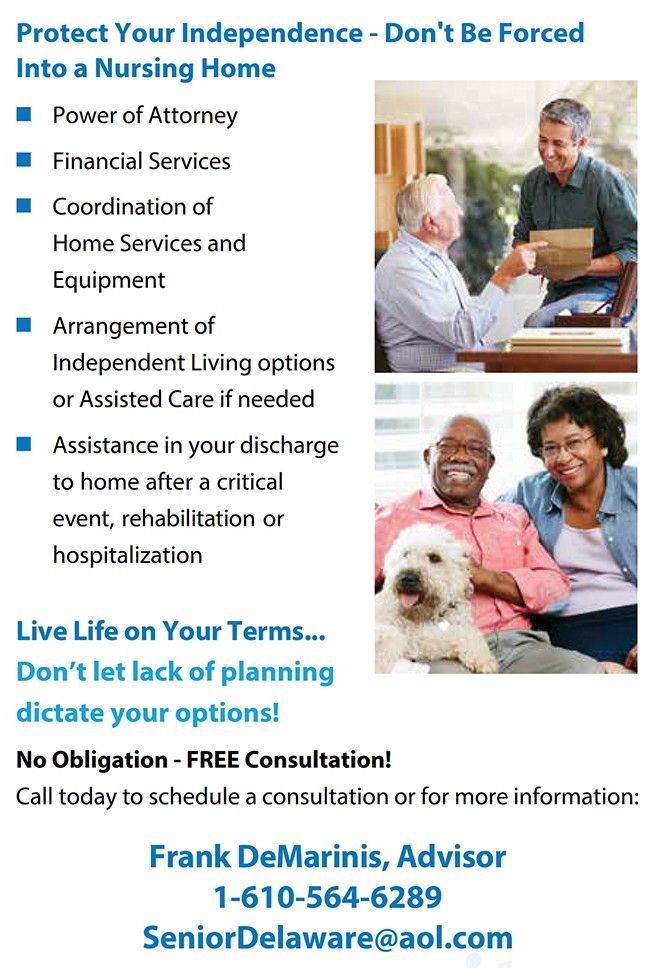Changing Landscape Of Senior Living
 By Frank Demarinis
By Frank Demarinis
Senior Housing has become a leading sector of development, and the industry is expected to only become stronger over the decade. An aging population and longer life expectancy is boosting demand for expansion of senior living options. Developing high-quality, desirable communities is not just about an attractive place to live; it’s about creating space where people feel safe, supported, connected and cared for.
According to the National Council of Real Estate Investment (NCREIF), 60% of existing communities are 17-plus years old and not designed to meet customers’ needs. Most senior living communities are 20-plus years old (58%), while only 14.5% are less than five years old. Many older communities were built without the ability to update technology, health, safety, along with smaller units and less of an emphasis on community spaces. New communities are integrating a more hospitality-centered design to facilitate ease of living and social connections, as well as a sense of community among residents.
A growing retirement population with limited inventory presents challenges due to a new wave of seniors being more selective in the services they need. The baby boomer generation is the next “wave” with the eldest of the group now 75 and within 10 years even the youngest of that group will be at least 65.
Senior housing generally services those over 75 years and is typically divided into four categories: independent living, assisted living, memory care and nursing care. A previous model of prevalence has been the Continuing Care Retirement Community Model (CCRC) offering a range of independent living to intermediate care often on a combined campus. Though historically a popular model, some challenges include having to physically move one’s residence as their need(s) increase, as well as sometimes having to “buy in” (defined as a sizable community fee) in addition to monthly rent.
Frank DeMarinis, Certified Senior Advisor, remarks that having a community with multiple care types is most desirable for today’s senior. A good “age in place” model doesn’t necessarily need to have skilled nursing onsite, but can handle a higher care level or acuity so that one doesn’t need to move. The senior living sector was challenged during the COVID-19 pandemic with decreasing occupancy, negative press and increased expense. Some communities went into lockdown mode, allowing only essential team members in the building and implementing quarantine protocols for new residents and any resident having left the building. During the pandemic, “needs-based” residents moved in at a steadier pace in comparison to independent living seniors that do not need as much care.
Post pandemic, we are again seeing the trend move toward residents moving not for necessity alone but social needs, hospitality, and lifestyle. In addition, seniors are in-tune to the quality of workforce offered which can make the difference between being a “facility” versus a “community.” The antiquated model of high-priced living options serviced by one of the lower average wages per sector of non-skilled workforce required a shift. Leading operators recognize “you get what you pay for” and competitive wages not only ensure a consistent skilled workforce but a strong product. When I compare communities, it’s not just about how attractive the building is or their survey ratings, it’s an easy question . . . what do you pay your staff?
Our agency started and still has a strong focus on power of attorney and guardianship, but increasingly, we’re seeing our own shift to support consumers find the best options and support in the selection and downsizing process. In addition, without trust planning, seniors can miss the opportunity to protect their resources . . . It’s a much more daunting process then going to one dealer and picking a car. This is a vehicle choice we plan on staying with through “the golden years”!
Senior Advisors of Delaware, LLC is a collective partnership of attorneys, realtors, advisors and other professionals. We offer Power of Attorney services for ongoing support and emergency response in a medical crisis. If it’s not yet time to sell your home and you are 85+ at risk for frequent hospitalization, ask about our stay-at-home grant! Call us for a free consultation, Frank Demarinis at 800-564-0173.
1-800-564-0173


